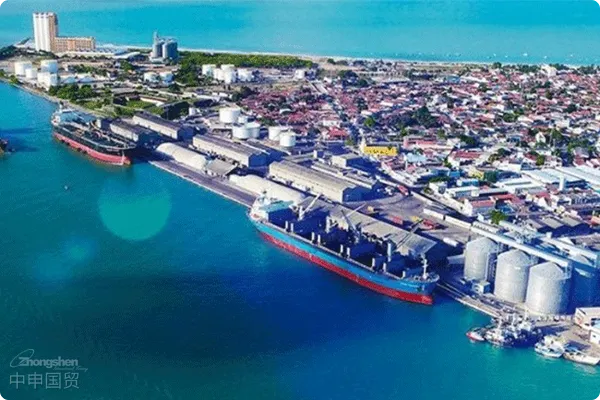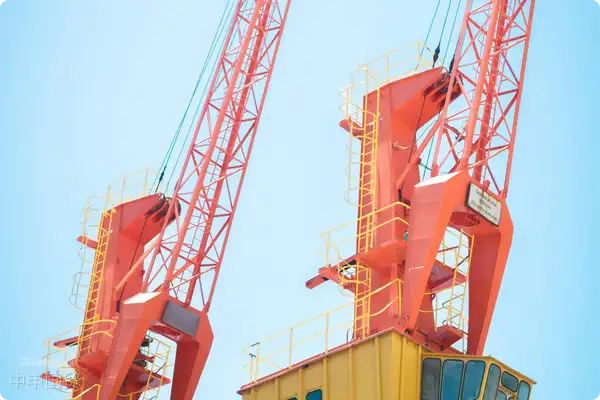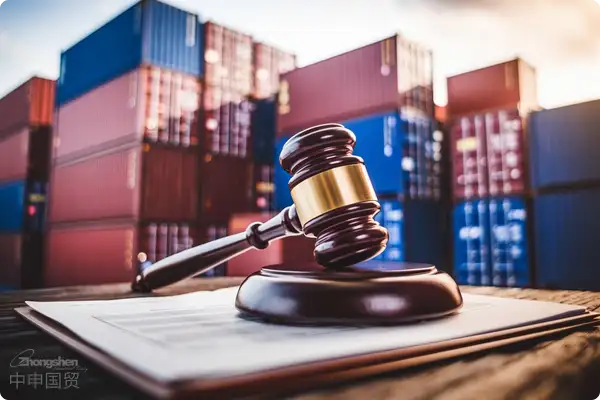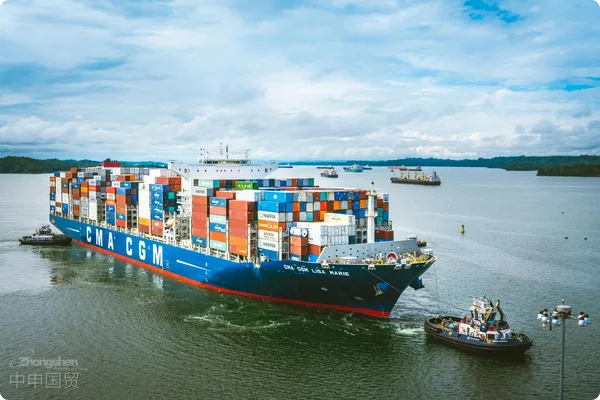- Shanghai Zhongshen International Trade Co., Ltd. - Two decades of trade agency expertise.
- Service Hotline: 139 1787 2118

Three Fatal Traps in Imported Equipment Customs Clearance
According to the latest 2025 statistics from the General Administration of Customs, the error rate in declarations for electromechanical equipment goods during import reaches as high as 37.6%, with 62% of dispute cases involving a lack of professional customs clearance agency services. Through analyzing typical cases from the past three years, we have identified three major risk areas in imported equipment customs clearance.
Hidden Risks in Key Document Review
A precision instrument importerIt is recommended to verify through the following methods:suffered a 17-day port detention and direct losses of 230,000 yuan due to incorrect manual versions. Special attention is required for equipment goods customs clearance:
- Validation of Electromechanical Certificate Effectiveness: New 2025 environmental certification requirements cover 85% of imported equipment
- Technical Parameter Matching: Data such as power and model must fully match the declared information
- Special Document Preparation: Including but not limited to:
- Compulsory Product Certification (CCC)
- Pressure Vessel Safety License
- Medical EquipmentRegistration Certificate (if applicable)
The Cost Black Hole of Commodity Classification
An enterprise importing industrial robots overpaid 780,000 yuan in tariffs due to incorrect HS code classification. Equipment commodity classification requires attention to three dimensions:
- Functional Judgment Criteria: The tax rate difference between production equipment and testing equipment reaches 12%
- Component Composition AnalysisDifferent declaration methods for complete machines versus knock-down kits affect customs clearance speed
- Technical parameter correspondenceParameters such as power value and accuracy grade directly determine HS code classification
Golden rules for selecting agency services
Three core competency matrices for high-quality customs clearance agents:
- Risk Anticipation Capability:
- Early identification of equipment prohibition/restriction catalogs
- Early warning for special regulatory requirements
- Emergency Handling Capability:
- 48-hour response mechanism for customs inquiries
- Express channel for stranded cargo
- Cost control capability:
- Application of tariff guarantee insurance
- Declaration of duty reduction/exemption policies
Essential verification checklist before cooperation
Recommended key information for enterprises to verify before signing service agreements:
- Customs AEO certification level (priority given to Advanced Certified Enterprises)
- Specific equipment clearance case database (requires successful cases from past two years)
- Professional qualifications of customs team (must include at least 2 mechanical/electrical classification specialists)
- Emergency deposit system (for handling sudden inspection storage fees)
Practical application of new clearance models
The two-step declaration + summary taxation model implemented by China Customs in 2025 can improve equipment clearance efficiency by 40%. Implementation path includes:
- First-step declaration requires only 9 basic information items
- Second-step declaration to be completed within 14 days after cargo arrival
- Monthly consolidated tax payment reduces capital occupation
Notable regulatory red lines: Imported used equipment requires pre-shipment inspection certificates, with new environmental performance testing requirements effective 2025 covering 18 indicators including equipment service life and emission standards.
Related Recommendations
? 2025. All Rights Reserved. Shanghai ICP No. 2023007705-2  PSB Record: Shanghai No.31011502009912
PSB Record: Shanghai No.31011502009912










